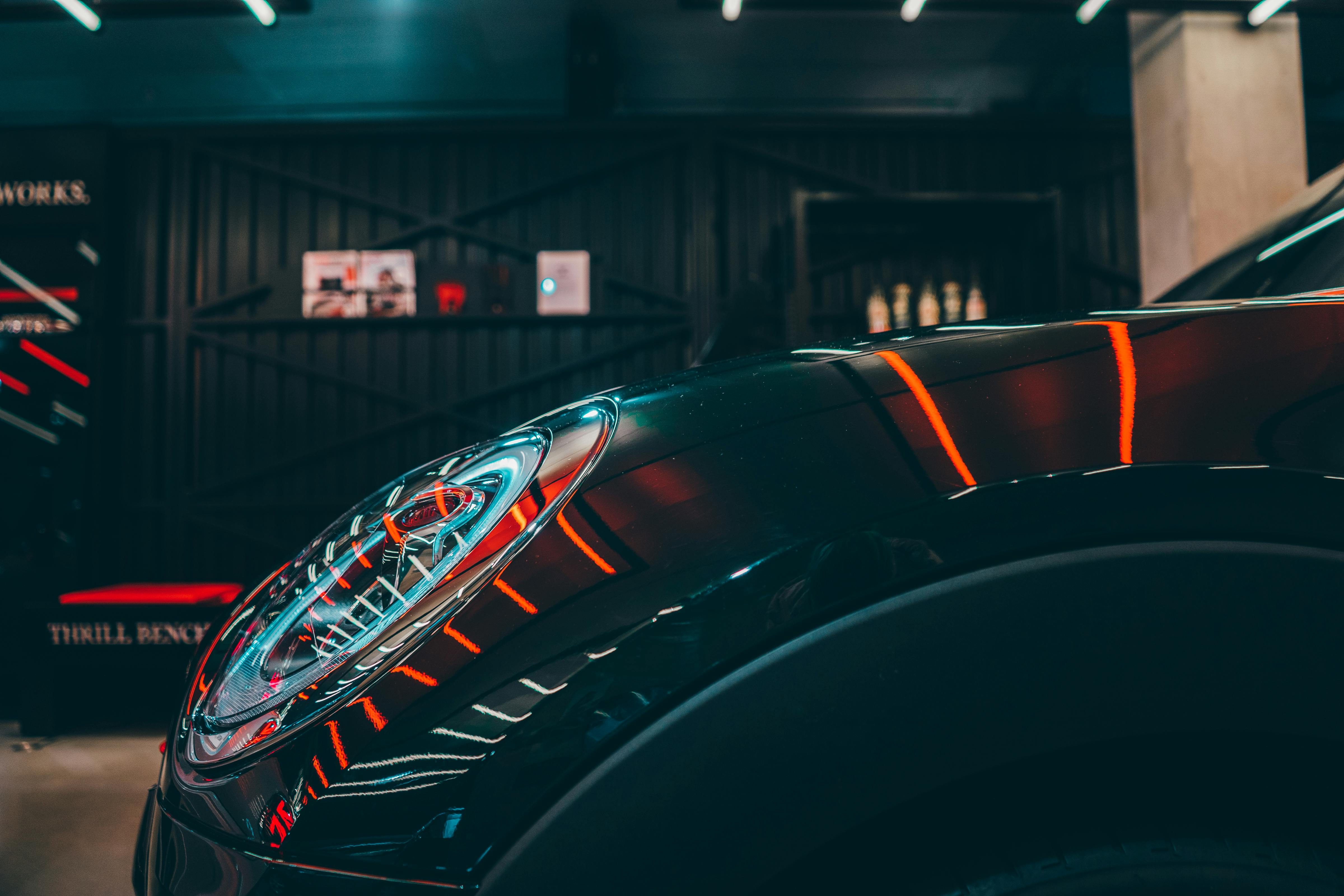Every car enthusiast I know has had the same experience. You slide into the driver’s seat, cue up a favorite track, and turn up the volume… only to be underwhelmed.
The sound is thin, the vocals feel buried, and the bass doesn’t hit the way it should.
That moment usually sparks the big question:
“Should I upgrade my head unit first, or start with new speakers?”
It’s a debate that shows up on forums, Reddit threads, and even late-night garage conversations. I’ve been through it myself more than once, and over the years I’ve seen clear patterns emerge. Let’s dig in.
Why Factory Head Units Hold Back Your Music
BMW’s stock head units—whether early Business CD players or newer iDrive systems—were never designed with audiophiles in mind. They often come with hidden compromises:
-
Limited output power that leaves speakers underperforming
-
Over-processed EQ (like Logic 7) that adds gimmicks instead of clarity
-
Compressed signals that flatten music before it even reaches your drivers
When I owned an E46, I learned this the hard way. The factory setup always sounded dull. Then a shop let me test the same speakers on a modest aftermarket head unit, and it was like pulling a blanket off the music.
What a Better Head Unit Brings
Upgrading the head unit is like swapping the brain of your audio system. Suddenly, you get:
-
A cleaner, stronger signal with less distortion
-
Real control through EQ, crossovers, and tuning options
-
Future-proof features like CarPlay, Android Auto, USB-C, and hi-res playback
A friend of mine tried this with his F30. He installed a budget-friendly Android unit but left the factory speakers in place for a while.
The improvement was so dramatic that he joked about delaying the speaker upgrade altogether.
Why Speakers Still Pack the Biggest Punch
A great head unit sets the stage, but speakers bring the performance to life. Factory paper-cone drivers can only go so far. High-quality replacements change the experience instantly:
-
Premium materials (Kevlar, silk domes, poly cones) give music depth and detail
-
Vocals and instruments sound natural instead of harsh
-
Plug-and-play kits—like Bavsound’s—fit seamlessly without rewiring nightmares
When I swapped the door speakers in my wife’s X5, I didn’t say a word. Halfway through her first drive, she turned to me and said, “It sounds like a different car.” That reaction says it all.
What Owners Are Saying
Real-world experiences often mirror these findings:
“Upgrading the factory radio will be a far better upgrade to do first… put a touchscreen head unit in my car and that made a huge difference.”
— Reddit user
“New speakers with no amplifier can sound better [or] worse… Your amplifier fixes that power problem, so now you’ll be able to properly use new speakers.”
— Reddit user
“If the guy knows what he is doing then I would say [a DSP upgrade] is the single biggest upgrade one can make regarding sound quality.”
— Reddit user
The Bigger Picture: Audio Upgrades Are Booming
This isn’t just about enthusiasts tinkering in garages. Drivers everywhere are demanding better sound:
-
The global in-car audio market is projected to grow from $10.4 billion in 2024 to $14.8 billion by 2029 (6% CAGR).
-
The aftermarket audio segment is worth nearly $15 billion in 2025, with 7% annual growth through 2033.
-
The automotive speaker market alone is forecast to hit $45 billion by 2034.
It’s clear: more drivers are investing in upgrades because better audio is becoming a must-have, not a luxury.
So… Head Unit or Speakers First?
Here’s a simple way to decide:
-
Muddy, lifeless sound at any volume? → Start with a new head unit.
-
Music feels flat and lacks detail? → Upgrade the speakers.
-
Planning both anyway? → Begin with speakers for an immediate impact, then add a new source for the long game.
A Practical Upgrade Path
To get the most out of each step without overspending, try this sequence:
-
Turn off factory sound “enhancements” like Logic 7 and test your system.
-
Upgrade the head unit if you want modern features and a cleaner signal.
-
Swap in new speakers for instant clarity and realism.
-
Add an amp, DSP, or subwoofer later for even greater depth.
Think of it like tuning a performance car: you don’t replace everything at once—you build in balanced stages.
If you want a cleaner sound and smarter features, consider upgrading the head unit. If you want to feel the music come alive, start with a good set of speakers.
BMW, MINI, Rolls-Royce & Supra respond beautifully to thoughtful upgrades.
Whether you begin with the brain (head unit) or the voice (speakers), combining both unlocks the kind of sound experience that makes every drive unforgettable.




Share:
MINI Cooper Sound Systems: Why They Leave You Wanting More (and What to Do About It)
Will Upgrading My BMW, MINI, Rolls-Royce, or Toyota Supra Audio Void the Warranty?